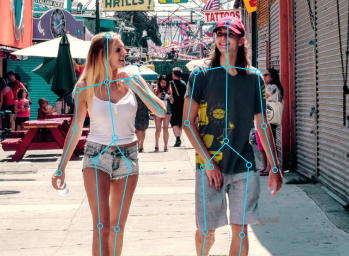Vertebra X-ray Images Labeling

Client Profile
Industry: Computer Software
Location: Vienna, Austria
Size: 50+ employees

Company Bio
Our client is an international Health-AI Startup aiming to challenge the status quo of radiographic image analysis. The company is building software solutions for the early detection and diagnosis of bone & joint diseases.
Overview
Our client addresses insufficient grading and the lack of standardization in the assessment and early prediction of osteoarthritis, osteoporosis and rheumatoid arthritis. The company’s algorithms enable them to efficiently and effectively investigate the condition and quality of a bone using a conventional X-ray format.
Challenge
The main task for this project was to place on each image and every vertebra the following:
Due to the projective distortion found on X-rays and/or because of bad imaging, placing landmarks is a challenging task even for a medical specialist.
Human Resources
For this project, we put together a team consisting of two data annotators without a medical background (per the client’s request), one quality control specialist — a radiologist with 3+ years of medical practice, and one project manager.
Tool
The client did not provide us with any tools in order to perform the annotations, but did, however, specify the output (JSON) requirements. The Mindy Support Software Development Team developed a special tool that met the client’s requirements and was completely in line with the client’s workflow.
The system allowed us to use our multistep quality control approach.
Solution Process
As the client required a team of annotators without medical background and at the same time a quality supervisor with medical background, Mindy Support had to go through several stages of preparation, prior to starting the project
Key Results
- Mindy Support has developed a dedicated X-ray images’ annotation tool;
- 5,000+ annotated images;
- All KPIs were met.
GET A QUOTE FOR YOUR PROJECT
We have a minimum threshold for starting any new project, which is 735 productive man-hours a month (equivalent to 5 graphic annotators working on the task monthly).






